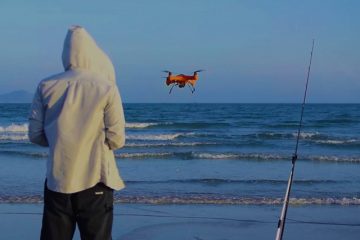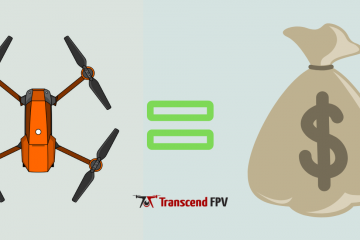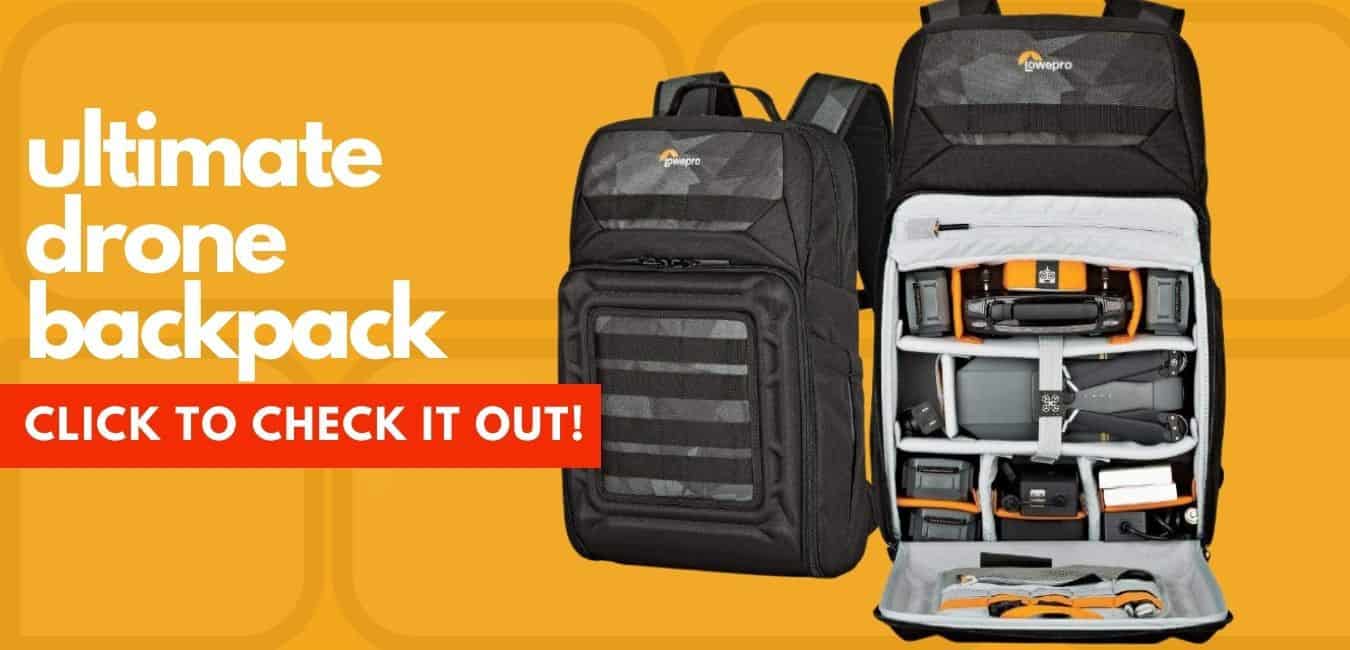Can You Use A Higher mAh Battery In Your Drone?
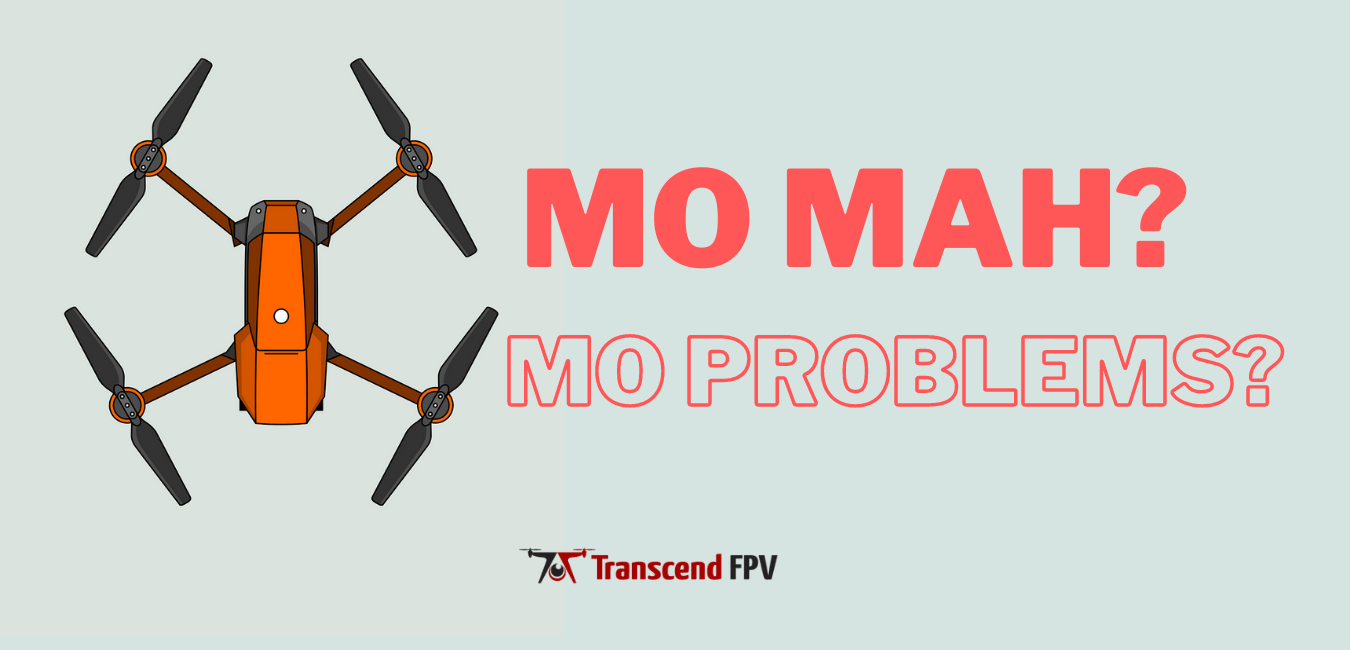
TranscendFPV is a reader supported product and review site. Clicking on links to learn more, or buy products, may earn us money, and support our work. Learn more about the history of TranscendFPV and our passion on our About page.
Drones are fantastic pieces of technical engineering. They are a tribute to human ingenuity and ambition. We have overcome the technical hurdles of getting a camera high up into the sky and keeping it there, even if the user isn’t a professional, certified drone pilot.
You can use higher-capacity batteries in your drones. Some manufacturer limitations may apply when attempting to use alternative, third-party batteries. You might not find a substantial increase in flight time due to the excess weight the drone has to compete with.
There is no question about the rapid advancement in drone technology. The only thing standing in our way to total freedom now is how long we can keep our drones in the sky. Is the answer to all our flight time challenges to add a bigger battery? The answers might surprise you.
[sc name=”aff-snippet” ]
Quick Links
Why Would Use A Higher mAh Battery?
The advantages and disadvantages of equipping your drone with a battery that has a larger capacity are hotly debated topics among drone pilots. Here are a few pros and cons and some alternative options.
Pros
- Having a larger battery extends flight time.
- More accessory customization options.
- Allow for bigger motors to be fitted.
- Having a larger battery that powers a stronger motor increases the drone’s payload capacity.
Cons
- Extra weight might reduce performance.
- Bigger batteries can be costly.
- Larger batteries are more dangerous than smaller batteries.
- A larger battery takes longer to charge fully.
Alternative Options To A Higher mAh Battery
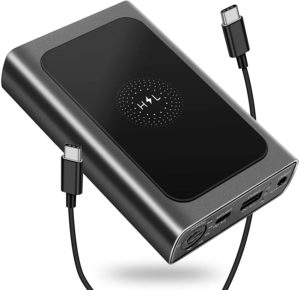
If the cons outweigh the pros, consider getting a mobile charger capable of charging your drone in the field like this awesome budget power bank. Alternatively, consider building a second drone you can fly while the first drone’s battery is charging. In addition to these alternatives, consider buying extra batteries if money allows.
No products found.
What To Look for In Batteries With A Higher mAh Capacity?
There are many factors to consider when choosing the right battery for your drone. The more capacity you are looking for, the more limited your options become. Be aware of the following factors when making your purchasing decision.
- Chemical Compositions. When choosing the right battery for your drone, you need to consider which type of battery would be the best choice. Drones prefer LiPo batteries over NiCad batters because they store more energy and have a faster power delivery system.
- Manufacturer Restrictions. Some manufacturers make it impossible for you to use alternative batteries because they require you to use batteries specific to that particular drone model.
- Replacement Cost. To ensure you don’t break the bank when your battery dies or if you are looking for extra batteries to pack for long extended flight sessions. Consider the price as they can vary wildly from 5% of the total drone cost to 20% of the entire drone cost.
- Charge Time. If you can only afford one battery, make sure it doesn’t take up precious flight time because you are waiting for it to charge. Using something like a two amp charger could take around sixty to ninety minutes for a full charge, whereas a battery that supports a faster charger in the 6 amp range could take half as long to charge fully.
Videography Drones Vs. Racing Drones
Videography drones
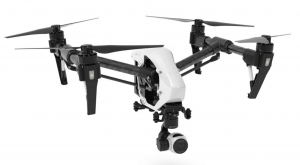
Most drone manufacturers offer little assistance in post-purchase modifications and actively encourage their customers to only use the batteries they produce for their specific drone models. Modifying the batteries or building your own often voids your warranty.
Fear not. Manufacturers often improve their battery technology, and a new battery upgrade is usually just around the corner.
Racing Drones
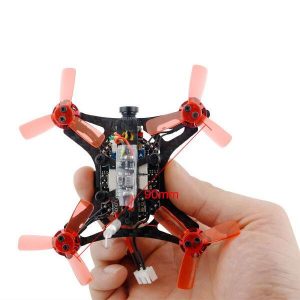
Most racing drones are custom built by the pilot. This flexibility opens up a world of possibility when it comes to battery options. Your primary focus when building a racing drone should not be the battery’s capacity.
Instead, look for the optimal weight to power ratio and choose the right battery capacity to suit your needs.
Legal Challenges When Using Higher Capacity Batteries
When Transporting Your Drone With An Airliner
One of the main risk factors concerning officials is the LiPo battery’s inherent potential risks. Therefore regulations need to be in place to mitigate these risks.
When flying with a larger battery, you need to receive approval from the airline before boarding. The battery must come equipped with built-in safety features that prevent short-circuiting or physical damage.
You can read our ultimate guide on traveling with your drone here.
When Operating Your Drone
To qualify as a recreational drone operator, you need to ensure your drone does not exceed the 55 lbs. weight limit. Flying a drone over this weight limit will require you to possess a commercial drone pilot’s license.
It is essential when switching over to a battery with a larger capacity that you keep the overall weight of your drone in mind.
Failure to adhere to the FAA’s rules and regulations could result in a massive fine.
Different Battery Types

LiPo Batteries
The Lithium Polymer battery offers many advantages over other types of batteries. These advantages include their higher capacity, higher discharge rate, which allows faster power transfer. They are lighter and can be molded into different shapes and sizes.
They do have their drawbacks, just like the others. They have a shorter lifespan. If the battery wall gets punctured or ruptures, it could result in a fire, and these batteries require special care when charging, discharging, or storing them.
Nickel Metal Hydride (NiMH)
These batteries are readily available and have been recognized for their durability and low recharge costs. These batteries have a 30 to 40 percent higher capacity than a standard Nickel Cadmium battery. They can be stored easily and transported without being subject to regulatory control. They are considered to be environmentally friendly and only contain mild toxins. Their nickel composition also makes recycling them profitable. They also have a wide temperature range.
These batteries do have some limitations. They have a limited service life. One of the key factors that reduce its lifespan significantly is deep discharge. They require complex charging algorithms due to them being sensitive to overcharge. They cannot utilize fast charging units and have a high self-discharge rate. This high self-discharge rate is an ongoing concern to consumers because they have to recharge the battery before every use.
Nickel Cadmium (NiCd)
Nickel Cadmium batteries have a reputation for being rugged and forgivable. However, they do require special care to ensure their longevity. These batteries support ultra-fast charging. They have good load performance and have a long shelf life, meaning they can be stored in a discharged state for extended periods but require priming before use. They are economically priced in terms of their cost per cycle, and they are available in a wide range of sizes and have many performance options.
Some of the drawbacks to Nickel Cadmium batteries include memory defects that require periods of full discharge and full recharge to be rejuvenated. Cadmium is a toxic metal that cannot be disposed of in landfills. They need many cells to achieve high voltage.
Factors That Drain Your Drone’s Battery Faster
Regardless of the battery’s capacity that you use to get your drone airborne, there are still factors to consider that reduce your flight time.
- Weather Conditions. Operating your drone in less than ideal weather conditions will put more strain on the drone’s motors, in turn, drain the battery faster. Avoid, if possible, flying your drone in windy conditions.
- Reckless Flying. If you aggressively operate your drone, your flight time will decrease. Switching to a more conservative flight mode and reducing your speed will significantly increase your flight time.
- Added accessories ads weight to your drone. The overall weight of your drone contributes heavily to your flight time. Removing accessories like cameras and propellor guards can significantly increase your flight time before you upgrade to a higher-capacity battery.
- Propeller Size. Larger propellers generate more lift. If your goal is to increase flight time, swap out the smaller propellers for larger alternatives.
- Battery Charge Levels. Ensuring your batteries are fully charged before a flight will guarantee maximum flight time. Flying with a half-charged battery will not yield the best results.
- Battery health. Keeping your batteries in good condition ensures they charge to their maximum capacity. Aging batteries often don’t fully charge, leading to shorter and shorter flights.
Maintaining Your High-Capacity Battery’s Health
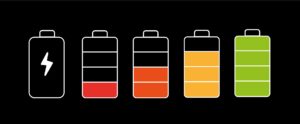
Larger batteries require extra care due to the excessive amounts of energy they can potentially store. To guarantee you get the most out of your battery, keep the following in mind.
- If you intend on storing your battery for an extended period, ensure it is not fully charged or fully discharged.
- Avoid fully depleting your battery entirely.
- Ensure your batteries are kept in a well-ventilated area at room temperature.
- Charge your battery to its maximum capacity before your first flight and after long periods in storage.
- Charge your battery to its maximum capacity at least once every few months.
- Monitor your battery levels during flights.
- Please don’t allow your battery to bend, and avoid dropping it.
- Please don’t use your battery if you notice and abnormal features like smells, deformation, or detect a leak.
- Avoid exposing your battery to extreme temperatures.
- Inspect your battery before and after each session.
Conclusion
If you feel like you’re just not getting the most out of your drone’s tiny battery, consider using bigger batteries that can hold more charge. Just keep in mind that the bigger the batter you put on your drone, the more likely it is that the drone will have to work harder to keep all that weight in the air, and you could see all potential gains lost to excess weight.
